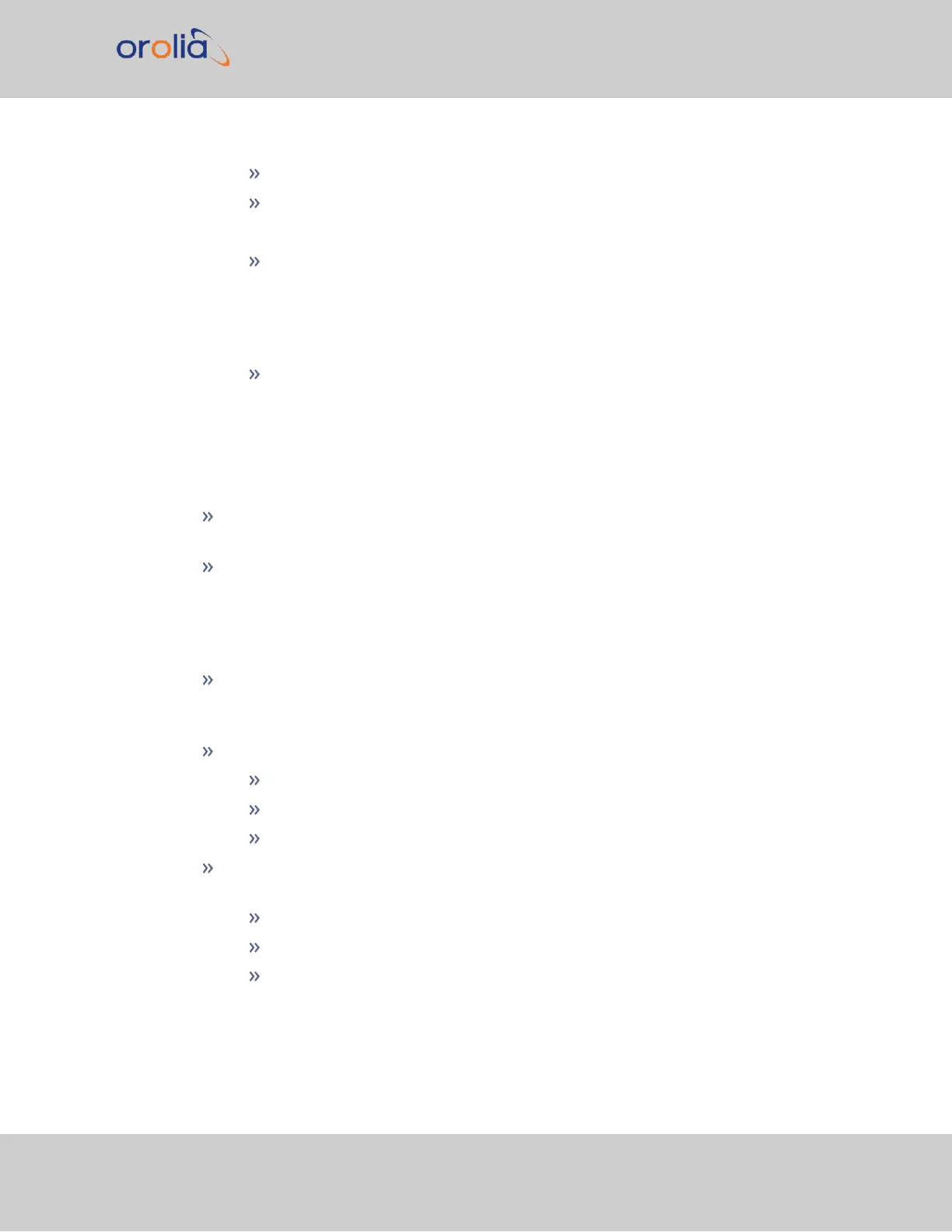Code word - 17 binary digits.
Seconds only, recycles daily.
3.
Code word structure:
BCD: Word seconds digits begin at index count 1. Binary coded elements
occur between position identifier elements P0 and P5 (7 for seconds, 7 for
minutes, 6 for hours, and 10 for days) until the code word is complete. An
index marker occurs between decimal digits in each group to provide sep-
aration for visual resolution. Least significant digit occurs first.
CF: IRIG formats reserve a set of elements known as Control Functions (CF)
for the encoding of various control, identification, or other special purpose
functions. IRIG B has 27 Control Functions located between elements 50 and
78. The VersaSync uses the Control Functions to encode year information
and time synchronization status.
The table below lists the Control Function Field and the function of each element.
Element 55 is the time synchronization status bit. Element 55 is a Binary 1 when the
unit is in sync, and a Binary 0 when it is not.
Year information consists of the last two digits of the current year (i.e. 97, 98, 99
etc.). Elements 60 through 63 contain the binary equivalent of year units. Elements
65 through 68 contain the binary equivalent of tens of years. In keeping with IRIG
formats, the least significant bit occurs first. All unused Control Functions are filled
with a space (Binary 0).
SBS: Word begins at index count 80. Seventeen Straight Binary Coded elements
occur with a position identifier between the 9th and 10th binary coded elements.
Least significant digit occurs first.
Pulse rates:
Element rate: 100 per second.
Position identifier rate: 10 per second.
Reference marker rate: 1 per second.
Element identification: The "on time" reference point for all elements is the pulse
leading edge.
Index marker (Binary 0 or uncoded element): 2 millisecond duration.
Code digit (Binary 1): 5 millisecond duration.
Position identifier: 8 millisecond duration.
VersaSync User Manual 335
APPENDIX

